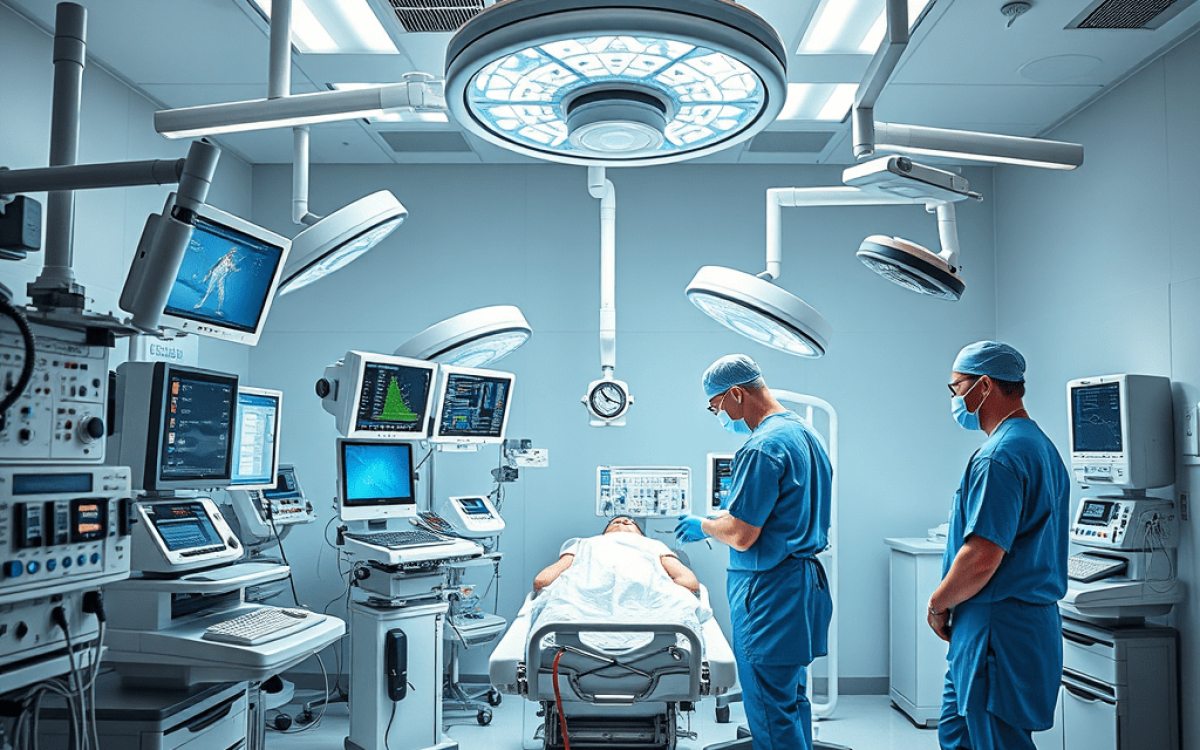By : Muhammad Danish
( “Are you anxious about anaesthesia? Let’s clear up some common myths and explore what truly happens before, during, and after surgery — from the real experiences of an anaesthesia technologist working in .”)
Whenever someone hears the word anaesthesia, it often brings a mix of fear and confusion. Whether it’s stories passed down from relatives, scenes from dramatic TV shows, or just the fear of the unknown, there’s no shortage of myths surrounding anaesthesia. As someone who works daily in the operation theatres (OTs), I have witnessed first-hand how different the reality is from what most people imagine.
In this blog, I’ll take you through what really happens before, during, and after surgery — and help bust some of the most common myths once and for all.
Before Surgery: How We Prepare You for a Safe Journey
Before a patient even enters the OT, a lot of groundwork has already been laid:
Patient History Review: The anaesthesia team carefully studies your medical history — allergies, chronic illnesses, past surgeries — to tailor a plan that suits you best.
Equipment Setup: Every anaesthesia machine, ventilator, monitor, and airway tool is inspected and tested for safety. Nothing is left to chance.
Anaesthesia Planning: Based on your procedure and health status, a decision is made whether you’ll receive general anaesthesia, regional anaesthesia (like spinal or epidural), or sedation.
> Myth #1: “Anaesthesia just means putting people to sleep.”
Reality: Anaesthesia is a carefully managed state that involves unconsciousness, pain control, muscle relaxation, and memory suppression — all balanced minute by minute by skilled professionals.
During Surgery: A Constant Watch Over Your Body
Once inside the OT, your care doesn’t stop — it becomes even more intense:
Induction Phase:
Anaesthetic drugs are given either through an IV line or inhaled through a mask. This is when you smoothly drift off to sleep.
Securing the Airway:
Depending on the case, we may insert a breathing tube to make sure you’re breathing properly under anaesthesia.
Continuous Monitoring:
Throughout the surgery, your vital signs like heart rate, oxygen levels, blood pressure, and anaesthetic depth are constantly monitored. Every beep you hear is part of keeping you safe.
> Myth #2: “People sometimes wake up in the middle of surgery.”
Reality: With today’s advanced monitoring and anaesthetic techniques, intraoperative awareness is extremely rare. Your level of unconsciousness is measured and adjusted continuously.
As an anaesthesia technologist, my role is to stay alert — ready to act instantly if needed.
After Surgery: Waking Up and Recovering Safely
After surgery, you aren’t simply left alone:
Gradual Awakening:
As the anaesthetic drugs wear off, you’ll slowly regain consciousness, often within 10 to 30 minutes after surgery ends.
Post-Op Monitoring:
In the recovery room (PACU), we continue to monitor your breathing, heart rate, and comfort level until you are stable.
Managing Side Effects:
If you feel any nausea, chills, or discomfort, we are ready with medications and care to ease you through recovery.
> Myth #3: “What if I never wake up after anaesthesia?”
Reality: Modern anaesthesia is extremely safe. Serious complications are exceptionally rare, especially when handled by trained teams.
Other Myths You Should Stop Believing
“Anaesthesia is dangerous for everyone.”
Fact: While every medical procedure carries some risk, anaesthesia today is safer than it has ever been, even for high-risk patients.
“Only the anaesthesiologist is responsible for anaesthesia.”
Fact: Anaesthesia is a team effort — involving anaesthesiologists, anaesthesia technologists (like me!), nurses, and OT staff.
“You don’t really need to fast before surgery.”
Fact: Fasting is crucial. If your stomach isn’t empty, there’s a risk of dangerous aspiration during anaesthesia.
Final Thoughts: Anaesthesia Is Built on Trust and Teamwork
Working inside operation theatres every day, I can confidently say that anaesthesia isn’t something to fear — it’s a finely tuned process that puts patient safety at its very heart. Every second you’re under anaesthesia, a highly trained team is watching over you.
Patients aren’t just “put to sleep” — they are cared for with attention, technology, and compassion.




